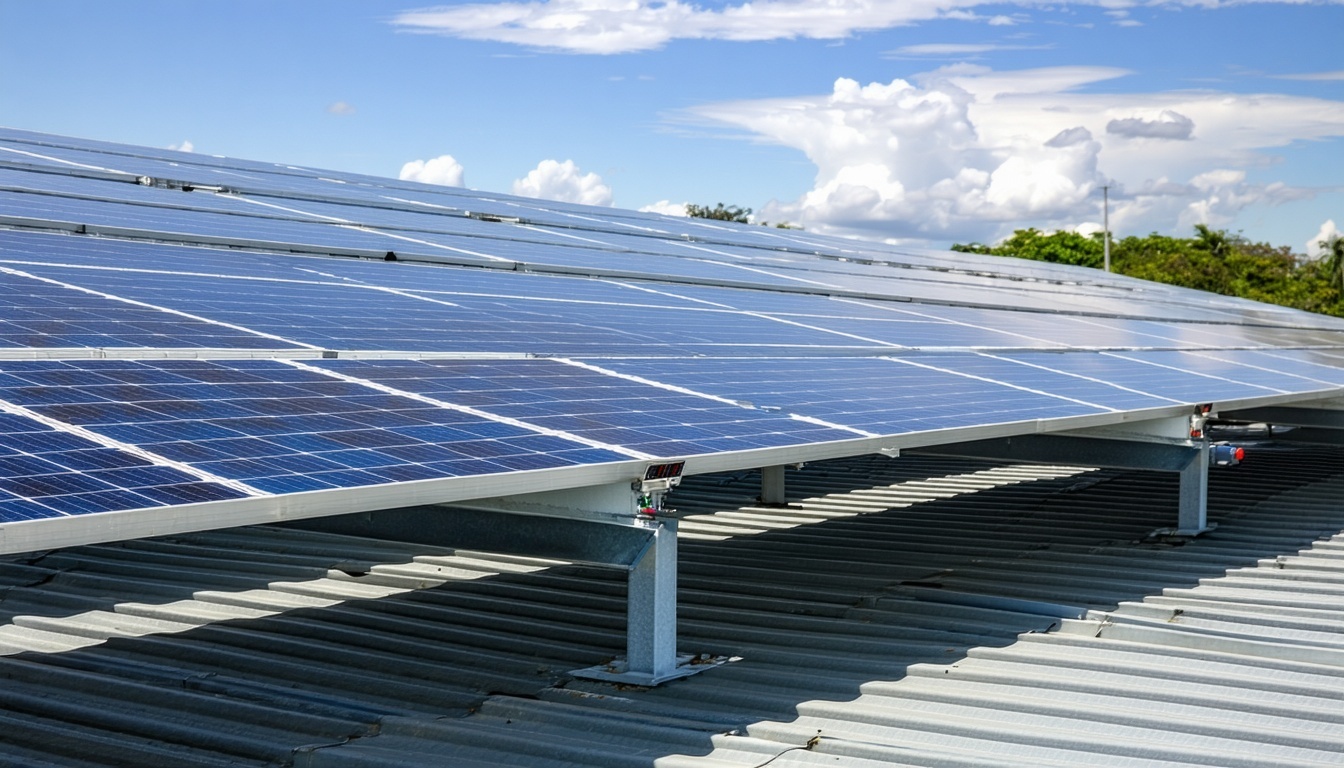Equipment Leasing Trends Every Business Owner Should Know
The equipment leasing landscape is changing fast—and staying ahead of the curve can help you make smarter, more cost-effective decisions. From digital financing to eco-friendly assets, here are the top equipment leasing trends every business owner should know to stay competitive in 2025 and beyond.
✅ Featured Snippet Answer:
What are the current trends in equipment leasing?
Key trends include fintech-driven platforms, flexible lease terms, sustainability-focused leasing, and increased adoption among small businesses.
1. Rise of Fintech Leasing Platforms
Digital platforms are revolutionizing how businesses lease equipment. Fintech lenders now offer:
-
Same-day approvals
-
100% paperless applications
-
AI-based credit decisions
-
Real-time payment tracking
These tools save time and expand access—especially for startups and small businesses with limited credit history.
2. Flexible and Custom Lease Structures
Standard lease terms are becoming outdated. Today’s lessors offer:
-
Seasonal payment plans (ideal for agriculture, retail, or tourism)
-
Step leases that grow with your revenue
-
Deferred payment options for new businesses
This flexibility helps business owners match expenses to income, improving cash flow stability.
3. Green and Sustainable Equipment Leasing
With ESG (Environmental, Social, Governance) practices on the rise, many businesses are leasing:
-
Energy-efficient HVAC systems
-
Electric fleet vehicles
-
Solar-powered tech
-
Sustainable manufacturing tools
Leasing allows companies to stay compliant with environmental standards—without heavy upfront investments.
4. Growing Demand from SMBs and Startups
Small and mid-sized businesses are rapidly adopting leasing as a go-to financing method due to:
-
Reduced upfront capital requirements
-
Simple approval processes
-
More competitive leasing options
In fact, according to the Equipment Leasing and Finance Association (ELFA), nearly 80% of U.S. businesses lease or finance equipment.
5. Embedded Financing at Point of Sale
More equipment vendors are offering built-in financing options at checkout—powered by fintech partners. This allows buyers to:
-
Get approved instantly
-
Bundle equipment, service, and insurance
-
Choose custom payment plans on the spot
Example: Leasing a commercial oven directly from a vendor’s website with integrated lease financing.
6. Increased Focus on Compliance & Reporting
With accounting changes like ASC 842, businesses are under more pressure to properly report leases on financial statements. As a result:
-
Lease management tools are in high demand
-
Companies are hiring lease compliance consultants
-
Transparency and documentation are now standard
Related: Lease Accounting Changes and What They Mean for Your Business
7. Expansion of Equipment Types Being Leased
In addition to traditional machinery, businesses now lease:
-
IT infrastructure
-
Medical devices
-
Kitchen and salon equipment
-
Warehouse automation tech
-
Robotics and AI tools
If it generates revenue, there's likely a lease for it.
Summary: 7 Key Equipment Leasing Trends
-
Fintech platforms simplifying access
-
Flexible, customizable lease structures
-
Surge in green/sustainable equipment
-
More SMBs choosing to lease
-
Embedded point-of-sale financing
-
Compliance tools driven by ASC 842
-
Broader range of leasable assets
Final Thoughts: Lease Smarter by Following the Trends
Staying informed about leasing trends means you can leverage the latest tools, strategies, and structures to grow faster and spend smarter. In today’s fast-paced economy, flexibility and financial agility are more important than ever.
Take Action: Get Ahead of the Leasing Curve
Looking to lease equipment this year?
Use these trends to your advantage—and choose a leasing option that fits your business, budget, and future goals.
Better leasing starts with smarter insight.











